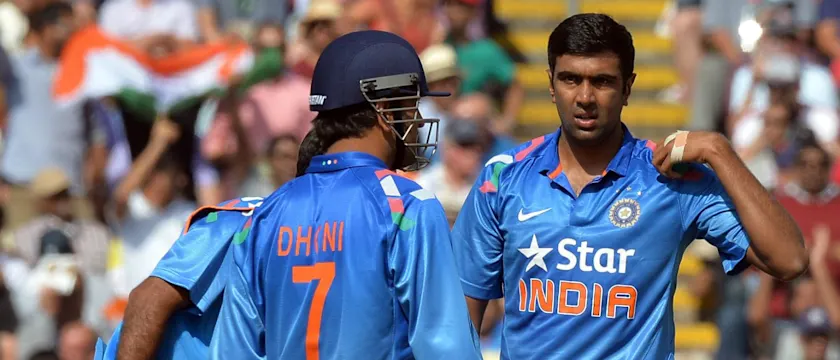Important to manage bowlers’ workload: Arun

Bharat Arun dismissed suggestions that R Ashwin’s role in One-Day Internationals for India could dip further.
The off-spinner, who has played just 15 of India’s 37 ODIs since the ICC Cricket World Cup 2015, has not been at his best in the shortest format, leading many to suggest that the end of the road could be near for the 30-year-old.
“He is an extremely talented bowler and even if you look at his last ODI which he played in West Indies, he got 3 for 28. Ashwin is very, very skilful,” said Arun on the sidelines of India’s optional practice session at the Pallekele International Cricket Stadium on Tuesday (August 22).
India, which won the first one-dayer in Dambulla last Sunday, is in Pallekele for the second and third ODIs of the five-match series against Sri Lanka, on August 24 and August 27 respectively.
Ashwin and Ravindra Jadeja were left out of the ODI segment for this tour due to the Board of Control for Cricket in India’s rotation policy. Through this policy, the MSK Prasad-led selection committee is attempting to identify a core group of 24 players over the next few months to zero in on the perfect combination in time for the ICC Cricket World Cup 2019.
“I don’t want to look at what has happened so far. But definitely, yes, Ashwin is also part of the ODI team we are looking at,” said Arun. “We would also like to give a lot of opportunities to other bowlers, and then we have a long-term plan in place. After that, we’ll take a call.”
While the present spin department is a bit short on experience if not results, India’s pace unit looks compact. Umesh Yadav and Mohammed Shami have been rested after the Test series, while Bhuvneshwar Kumar and Jasprit Bumrah, the frontline pacers in ODIs, are leading the attack with Shardul Thakur on the bench. Hardik Pandya offers another seaming option.
“We are blessed to have a bowling attack that’s so versatile,” declared Arun.
With tours to South Africa, England and Australia in the next year and a half, along with home limited-overs series against Australia and New Zealand to be followed by a full tour by Sri Lanka, the threat of injuries to bowlers, especially pacemen, is a very real one. Arun maintained that managing their workload was crucial to see them perform at their optimum.
“It is important that we monitor the workload of the bowlers. So it's not only in practice but also what they do in the matches you take into account,” said the former India paceman. “You keep their workloads to an ideal so that they are in an ideal performance state all the time. That’s the key to doing it.
“Injury is an inherent part of fast bowling and yes, there were quite a few bowlers who were injured. But we have a great support system. I guess 50% of fast bowling depends on your fitness and the other 50% is skill. So, to bowl fast over a period of time, you have to be extremely fit. That’s one thing which we are emphasising on.”
One of the beneficiaries of workload-management is Bumrah. The seamer, who was rested for India’s tour of the West Indies in June this year, returned to the side for the Sri Lankan ODIs looking recharged. In the opening game in Dambulla, he sent down 6.2 overs and conceded 22 runs while picking up two wickets.
There seems to be a good balance in the bowling department at the moment with back-ups for each slot. The only missing piece in this figurative puzzle is a left-arm seamer, a breed that can do serious damage with their angles.
“We are definitely looking out for a left-arm seamer,” admitted Arun. “Even if we can get one good left-arm pacer, it will be great for the side.”